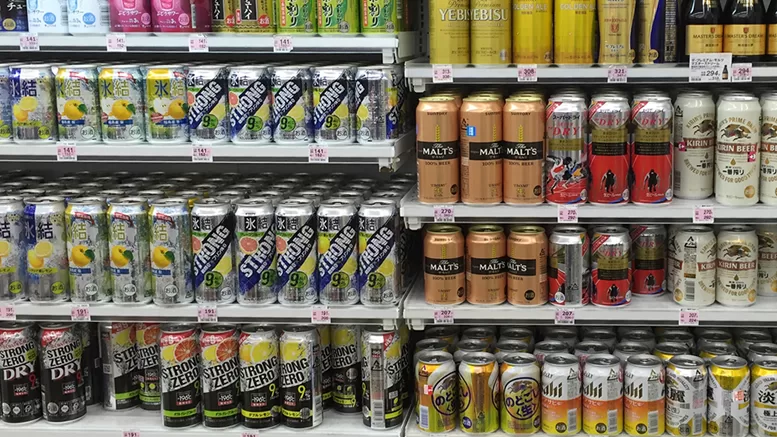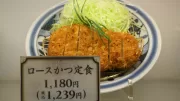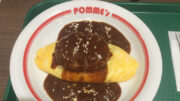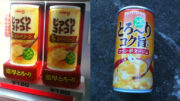In recent years, many Japanese breweries have produced a low-malt, beer-like beverage known as Happoshu. This drink contains significantly less malt than regular beer, and was developed to sidestep Japan’s beer tax system, making it more affordable for consumers.

Originally, if a beverage contained less than 67% malt by weight of its fermented ingredients, it was not classified as beer under Japanese tax law. Brewers quickly took advantage of this, offering a cheaper alternative to full-malt beer. However, once the government noticed the drop in tax revenue, the threshold was lowered to 50% malt, and eventually brewers adjusted again to stay below the revised limit.
Over time, breweries began pushing the malt content even lower—below 25%—to benefit from further reduced tax rates. This shift led to a surge in new brands of Happoshu flooding the market. These days, you’ll find all sorts of innovative variations, from low-carb or low-purine options to products blended with other types of alcohol. Some use unmalted barley, such as Sapporo’s Mugi 100%, to create a lighter flavour profile.
Other creative formulations include Sapporo’s Draft One, which uses pea protein, Kirin’s Nodogoshi Nama, made from soy protein, and Suntory’s Super Blue, which incorporates wheat spirits. These beers offer a different taste experience while keeping prices low.
In most cases, alcohol content is similar to standard beers, but the flavour is usually lighter, less bitter, and sometimes sweeter. While Happoshu may lack the depth of a full-malt beer, it remains a popular choice for those wanting a refreshing drink without the higher price tag.
The Rise of “Third Beer”
To reduce costs even further, breweries developed an entirely new category often referred to as “third beer” (dai-san no bīru or new genre beer). Unlike Happoshu, which still contains some malt, third beers use no malt at all, instead relying on alternative ingredients such as pea protein, soy protein, or corn. These products are not technically beer, but they’re designed to resemble it as closely as possible—at least in appearance and drinking experience.
Third beers are even cheaper than Happoshu, and despite being lower in production cost, they often contain the same alcohol volume as regular beer. The taste is lighter and varies more widely between brands, but they remain extremely popular among cost-conscious drinkers in Japan.
Whether you’re after a crisp lager, a low-carb option, or a budget-friendly drink with a twist, Japan’s Happoshu and third beer categories offer plenty of variety worth trying—especially for curious beer lovers or anyone looking to drink like a local.




